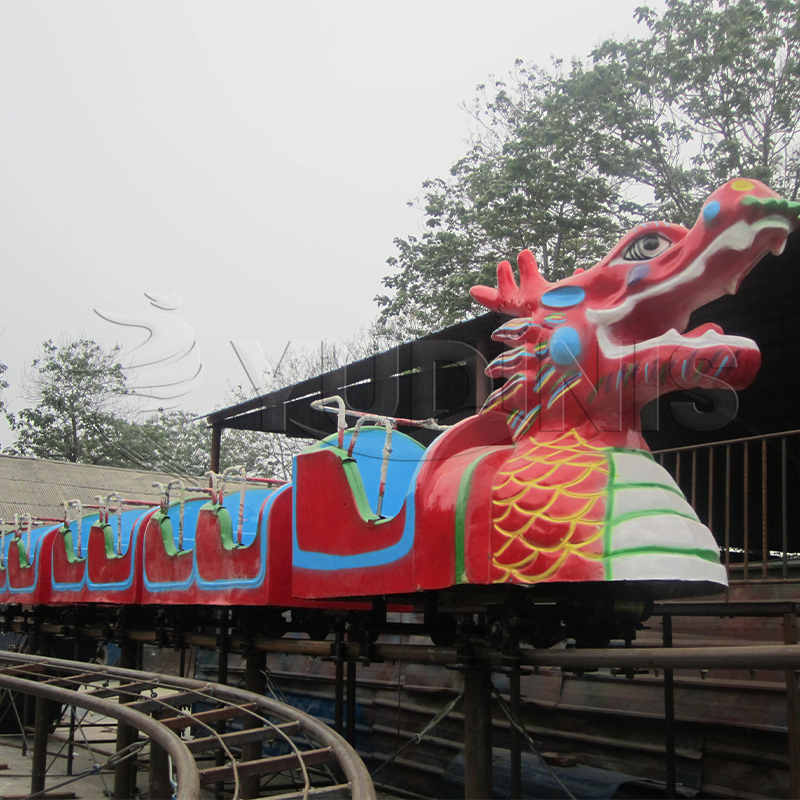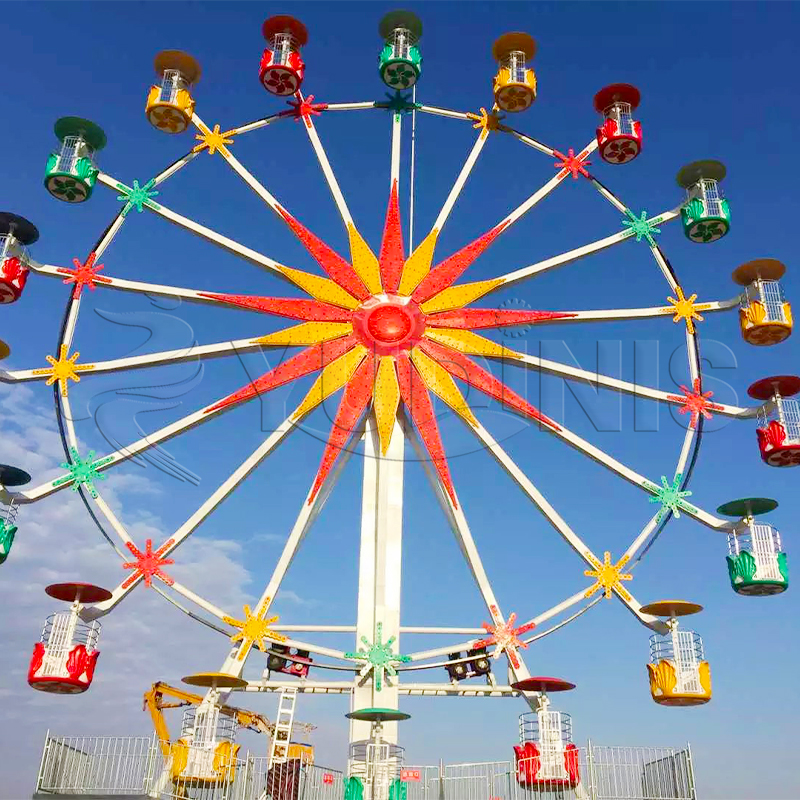Amusement equipment refers to a wide range of structures, devices, and attractions designed to provide entertainment and amusement to people of all ages. These attractions are commonly found in amusement parks, theme parks, carnivals, fairs, and other recreational facilities. The classification of amusement equipment can vary based on various factors, including their design, purpose, target audience, and the level of thrill they offer. In this brief overview, we will explore the classification of amusement equipment into different categories.

Roller Coasters: Roller coasters are one of the most popular and iconic types of amusement equipment. They are characterized by their track-based design, featuring steep drops, twists, and turns that provide an exhilarating and thrilling experience. Roller coasters can be further classified into subcategories such as wooden coasters, steel coasters, inverted coasters, suspended coasters, and launched coasters.
Thrill Rides: Thrill rides are designed to provide intense sensations and adrenaline rushes. They often involve high speeds, sudden drops, inversions, and other thrilling elements. Examples of thrill rides include drop towers, inverted coasters, spinning rides, and pendulum swings. These rides are typically targeted towards older children, teenagers, and adults seeking a more extreme amusement experience.

Ferris Wheels: Ferris wheels are large, rotating structures with passenger cabins attached to a rotating wheel. They offer a gentle, scenic ride that allows passengers to enjoy panoramic views of the surrounding area. Ferris wheels can vary in size and design, with some reaching heights of several hundred feet.
Kiddie Rides: Kiddie rides are specifically designed for young children, typically aged 2 to 8 years old. These rides are smaller in scale and feature gentle movements and simpler mechanisms to ensure the safety and enjoyment of young riders. Examples of kiddie rides include mini-carousel, mini-train, and small bumper cars.
It is important to note that this classification is not exhaustive, and there are numerous variations and combinations of amusement equipment available worldwide. Additionally, the categorization of amusement equipment may vary depending on regional preferences, cultural influences, and evolving trends in the amusement industry. However, the categories mentioned above provide a general overview of the diverse range of amusement equipment found in modern entertainment venues.
 Amusement equipment supplier
Amusement equipment supplier